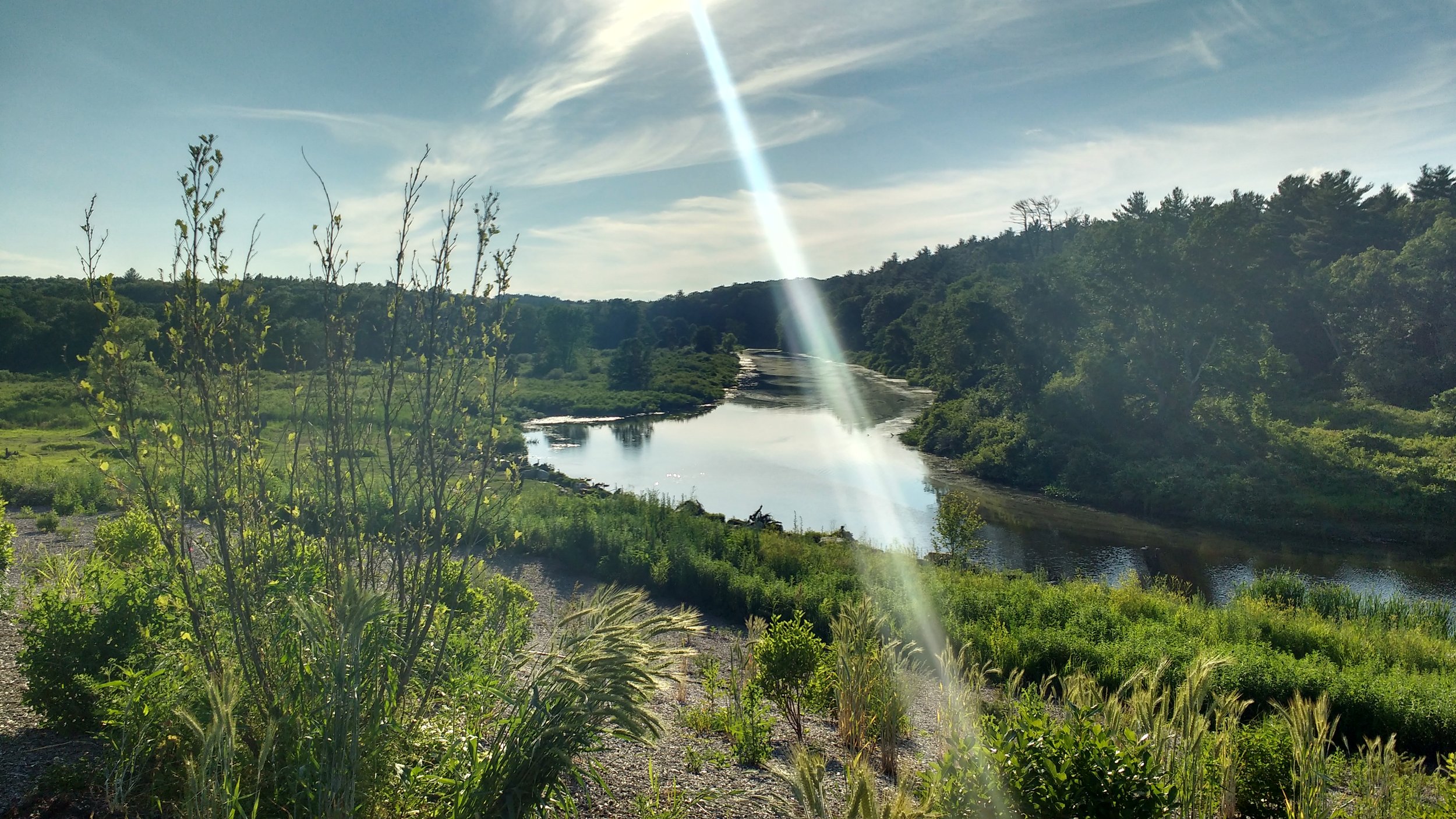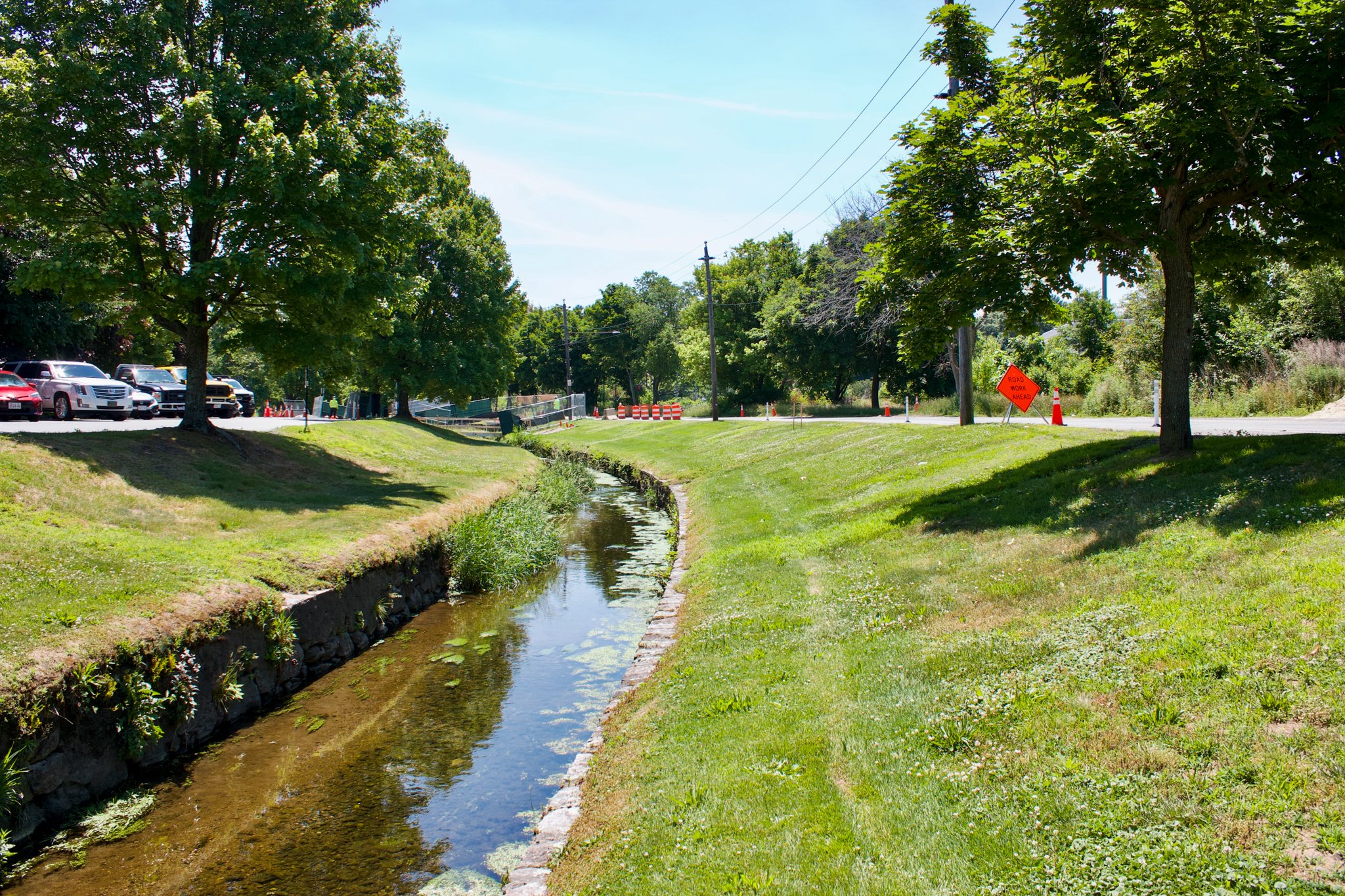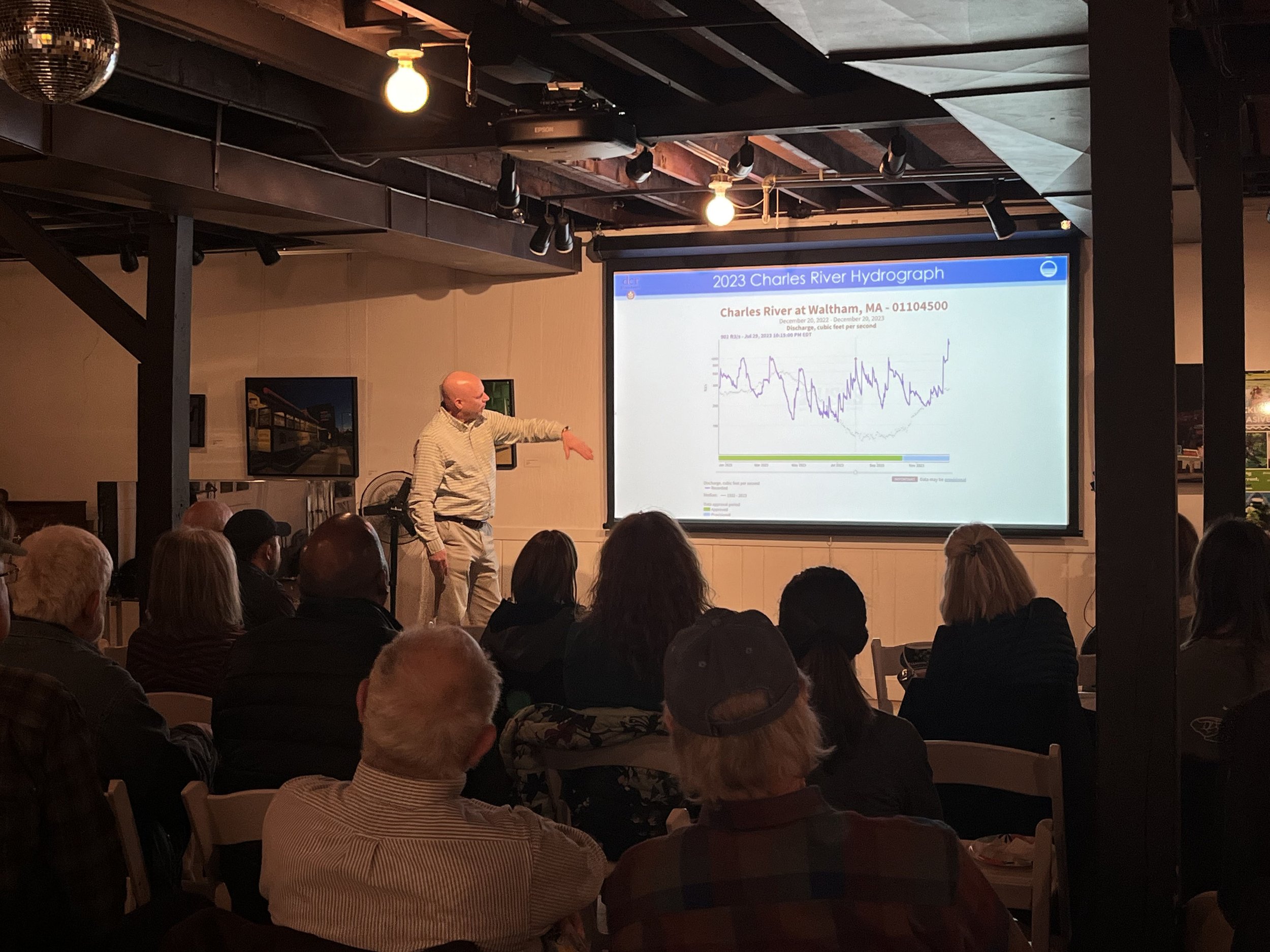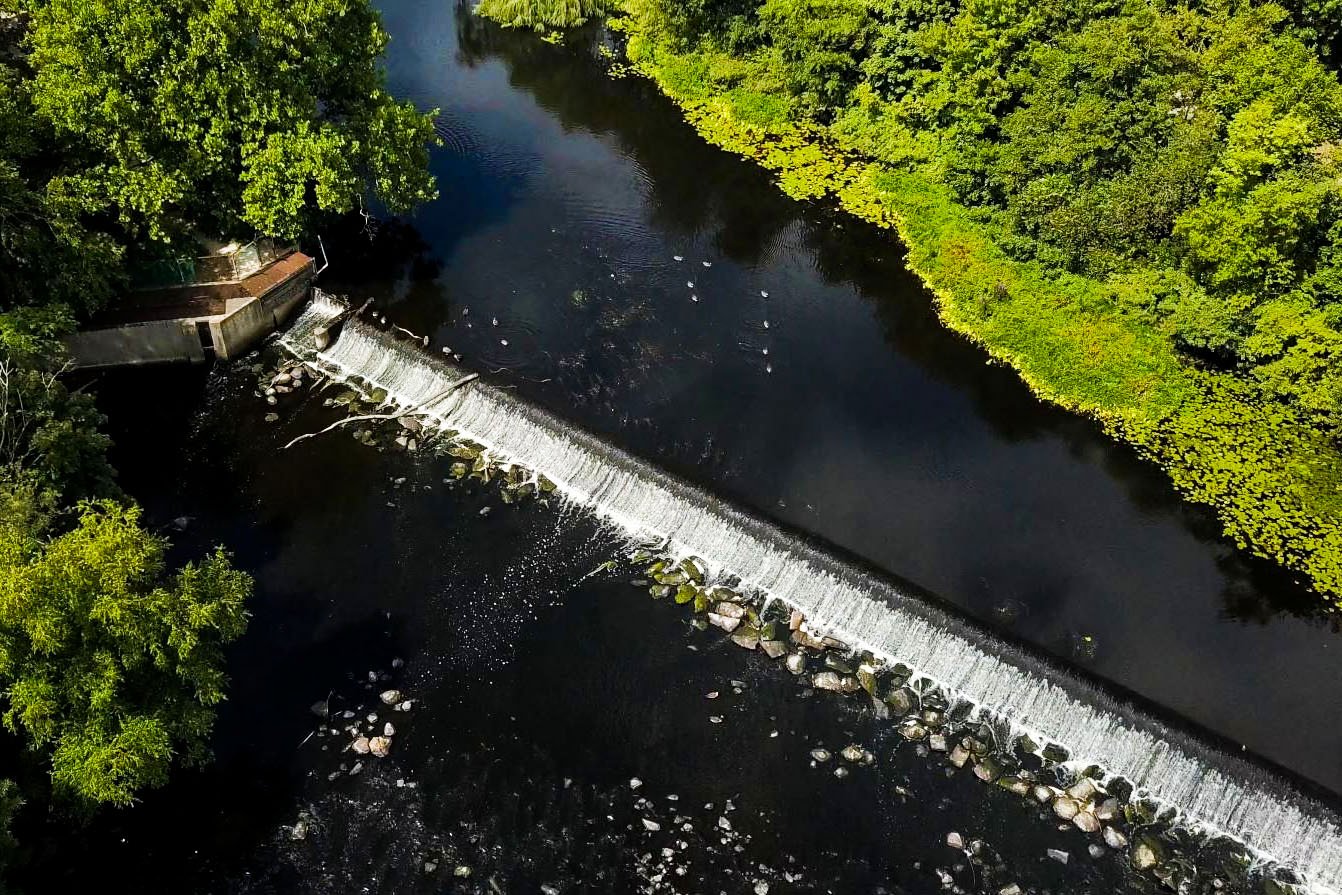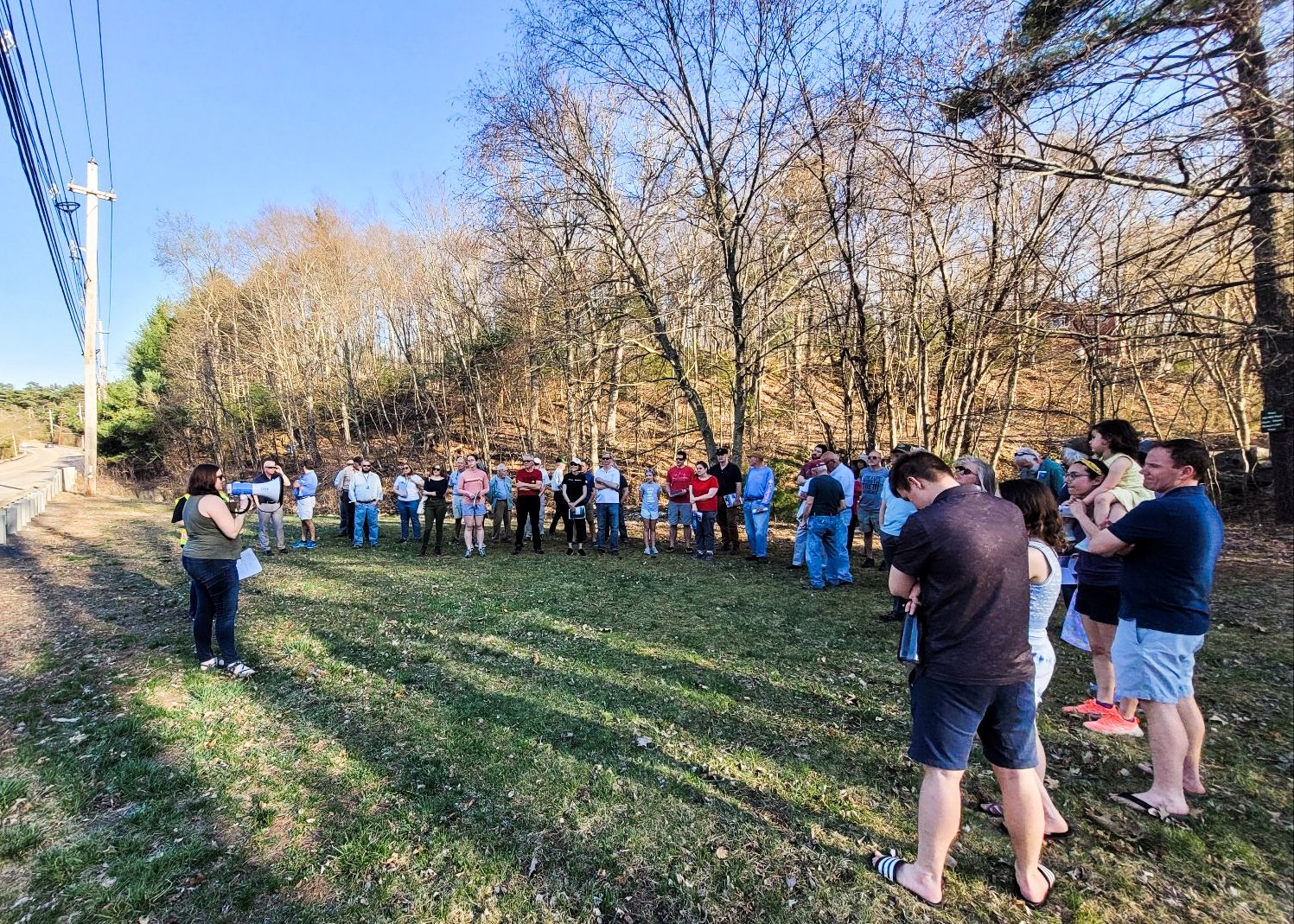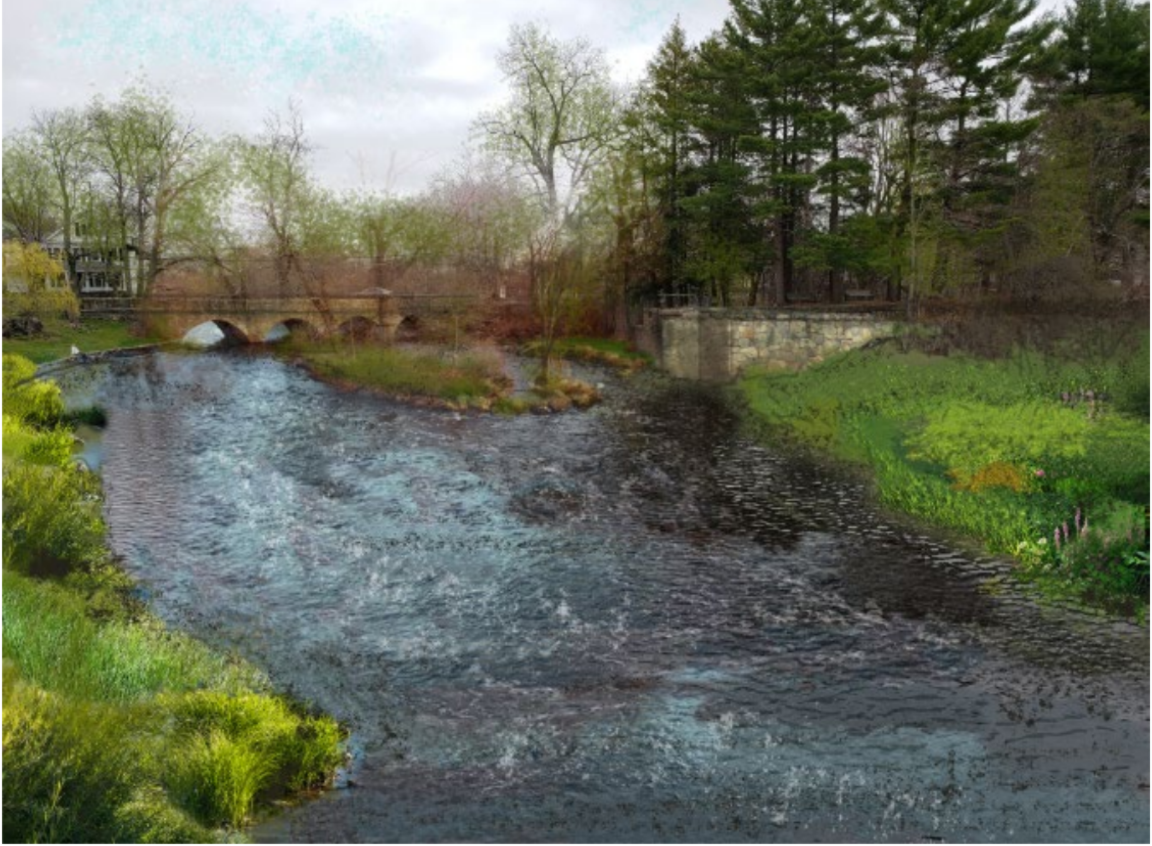
RESTORING WETLANDS
Preserving Natural Climate Resilience
Protecting Vital Natural Spaces.
The benefits of preserving wetlands cannot be overstated— vital for healthy communities and ecosystems, air and water quality, and recreation opportunities–– our natural spaces also build climate resilience.
Wetlands face many of the same challenges as the rest of our watershed–– invasive species growth, stormwater pollution, and poorly planned development–– which degrade the river ecosystem and make our watershed more vulnerable to climate impacts.
What we are doing about it:
We’re advocating for stronger protections for wetlands, sustainable development, restored open spaces, and stormwater solutions to build a more resilient watershed.
THE NATURAL VALLEY STORAGE AREA WETLANDS
In 1955, Hurricane Connie hit eastern Massachusetts with twenty inches of rain in two days, causing widespread flooding in metro Boston and more than $1 billion in damages. The Army Corps of Engineers originally proposed building dams to control floodwaters, but CRWA’s then-Executive Director, Rita Barron had a better idea.
Under Rita Barron's bold leadership, CRWA advocated for working with nature, protecting vital wetlands in the upper watershed from development as a natural form of flood control, and the Charles River Natural Valley Storage Area (NVSA) was created in 1974.
Today, the Charles River Natural Valley Storage Area (NVSA) is a network of 8,100 acres of protected wetlands in sixteen communities around the watershed that naturally store floodwaters, preserve habitat for fish and wildlife, and create recreation opportunities for us all. Since its creation, the NVSA has prevented about $12 million in flood damages and is a prime example of natural climate resilience efforts.
Restoring the Natural Valley Storage Area:
The Natural Valley Storage Area wetlands are increasingly vulnerable to the impacts of climate change and stormwater pollution–– rampant invasive species growth, loss of biodiversity, reduced habitat, and poor water quality.
In 2021, we piloted the first health assessment of the NVSA to identify immediate restoration efforts. This research, funded by the Massachusetts Environmental Trust, focused on an especially vulnerable priority area in Franklin, MA, and confirmed action is needed to rehabilitate coldwater fish populations, mitigate stormwater pollution, improve water quality, and restore biodiversity. The report recommends priority restoration efforts including removal of the perched culvert at Dix Brook, upgrades to stormwater management systems, invasive plant removal, continued advocacy for land conservation, and low-impact development across the watershed.
MEDFIELD STATE HOSPITAL RESTORATION
While in operation Medfield State Hospital dumped its waste on the banks of the Charles River, creating a 3-acre site contaminated with asbestos, lead, and other hazardous materials. When the hospital closed, CRWA, along with the Town of Medfield and local residents, advocated for full riverfront and sediment cleanup and played an instrumental role in negotiations that resulted in the largest environmental restoration project in our watershed.
In 2015, after years of cleanup, remediation, and ecological restoration, a new riverfront park called the Charles River Gateway opened to the public, providing recreational trails, a canoe launch, and 4.5 million gallons of floodplain storage.
Preserving Progress at Medfield State Hospital:
As part of the Medfield State Hospital settlement, the state is required to monitor for potential pollution issues and perform routine maintenance, like mowing grassy areas and removing invasive species to ensure stormwater control measures function effectively and the ecological integrity of the restored wetlands will be undermined.
Unfortunately, over the past several years, the state has fallen behind on its obligations, putting at risk the long-term protection of the river, as well as the safety of people using the park. At the same time, the Town of Medfield, which owns the upland portion of the site where the former hospital buildings are located, has proposed new zoning that would pave the way for redevelopment.
CRWA is committed to the lasting success of this project, which has been touted as a model for future river cleanups. In the fall of 2019, we sent a letter to the state Division of Capital Asset Management and Maintenance expressing our concerns about the state’s plan to build a permanent access road near the riverbank, which would further endanger the recently-restored river and wetland ecosystem. We will continue working with the state, town, and local residents to ensure the long-term success of this clean-up effort.



